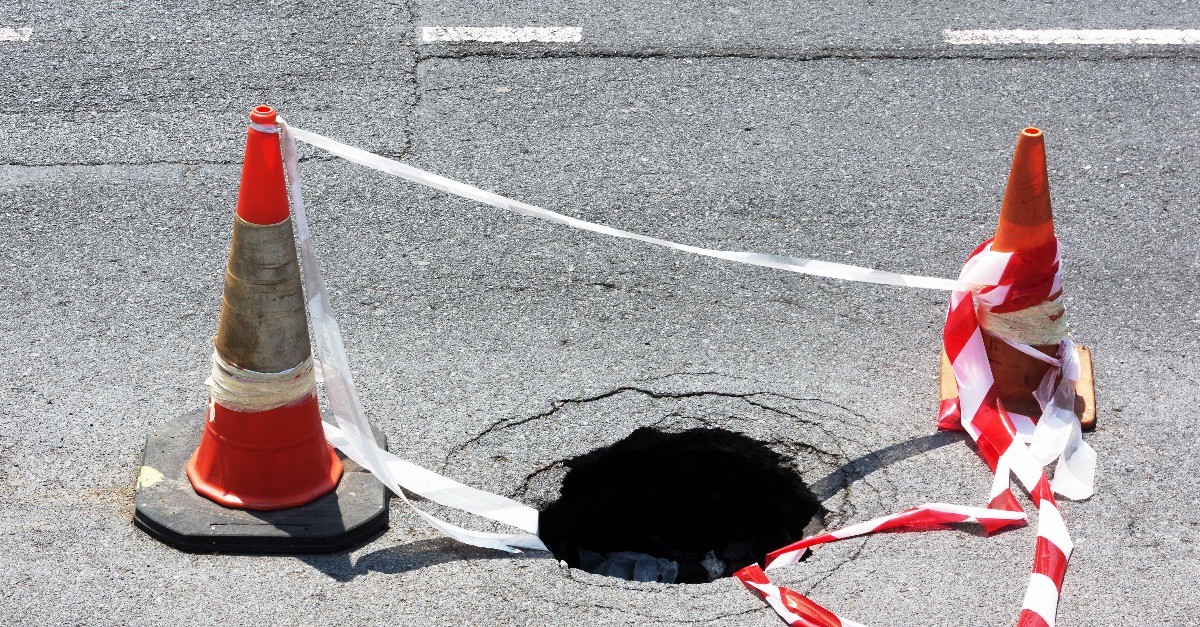The drought has adversely affected many residents of San Francisco and beyond. The sewer system is a cause for concern due to its age of more than 100 years old and the lack of water running through the pipelines. This creates an unpleasant environment for the city’s aging sewer system as less water is going down the drain, the system is not moving the amount of sewage to be functionally adept. There are 1000 miles of sewer pipe in San Francisco and the potential of pipe erosion is higher if material sits long enough, erosion occurs in the concrete.
Drought conditions have made the earth beneath homes in the Central Valley area extremely parched that approximately one foot per year of subsidence, or sinking of the ground, is occurring due to the aquifer caving in. An aquifer is an underground layer of water-bearing permeable rock, rock fractures or unconsolidated materials (gravel, sand, or silt) from which groundwater can be extracted using a water well. This is particularly true of older homes. Until now, the most visible sign of California’s dry, sinking valley was the broken concrete lining the Delta-Mendota Canal. Many residents are noticing cracks on the exterior of their homes and adjustments that need to be made to the doors of their home so they can close properly. It is expected that, in the coming months, El Nino: (an irregularly occurring and complex series of climatic changes affecting the equatorial Pacific region) will drive heavy rain and mountain snow to California, helping to replenish reservoirs. Currently, The Association of California Water Agencies has implemented a Drought Response Toolkit to assist water agencies as they take action to meet state-mandated water conservation and communicate information about water use restrictions, enforcement and other issues with homeowners.









